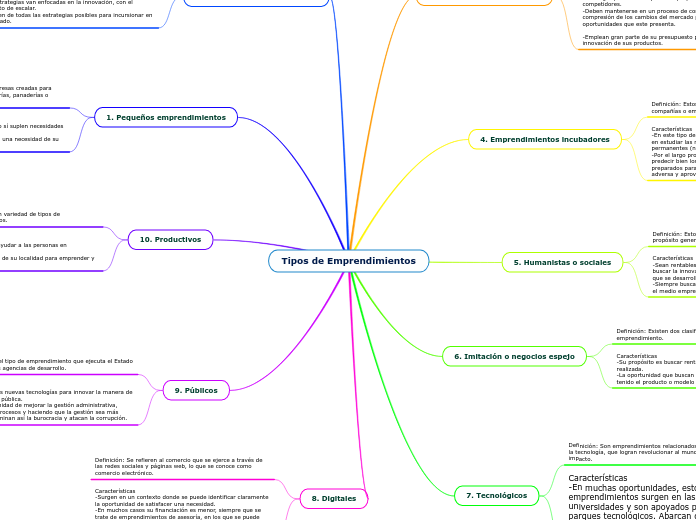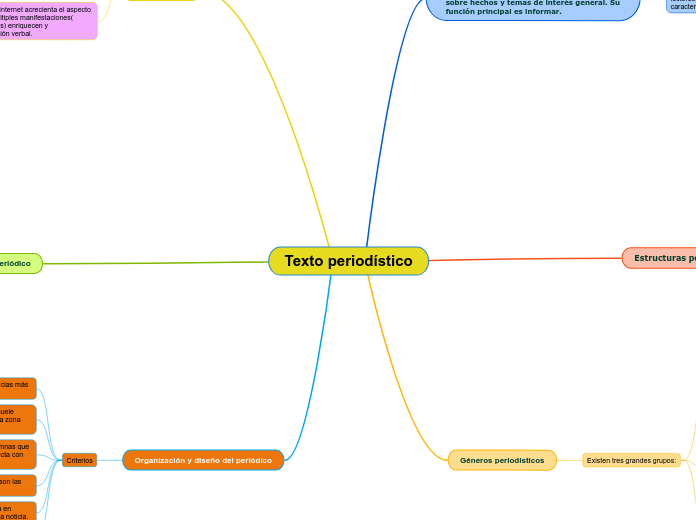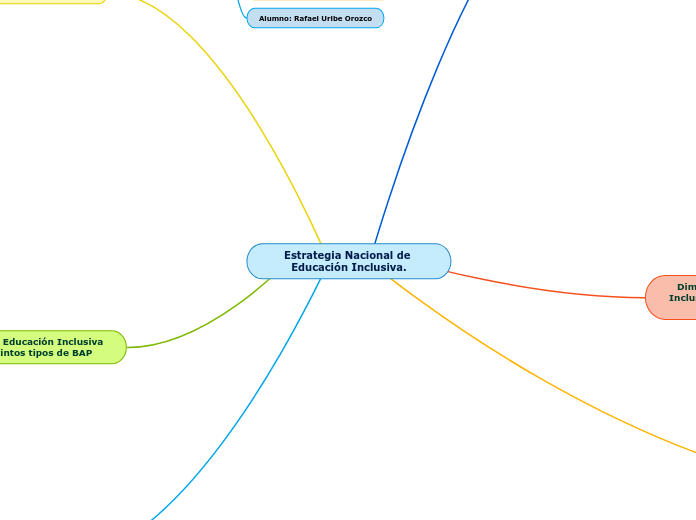Teoría del texto
y tipología discursiva
To name your story, you have to think about the overall message and what you want your audience to understand from the story. Also, make it relevant and easy to remember.
Modalidades textuales orales/escritas
Discurso
poético
Soneto -Oda - Epigrama - Décima - Romance.
Discurso
narrativo
Epopeya - Crónica - Novela - Cuento
- Fábula - Poema narrativo - Mito - Anécdota - Chiste - Chisme - Rumor - Noticia - Cuento popular.
Discurso expositivoargumentativo (híbrido)
Reseña - Ensayo - Editorial - Columna de opinión.
Discurso argumentativo
Alegato judicial Mensaje -
publicitario - Debate político.
Discurso
expositivo
Monografía - Tesis - Artículo informativo - Manual técnico - Cartillas pedagógicas - Textos científicos - Códigos jurídicos.
Criterios para una tipología
de los discursos
Tipología de los discursos
desde una perspectiva semiolingüística:
Las propiedades semántico-textuales:
Diferencian las modalidades textuales dentro de los
tipos discursivos. Si la estructura discursiva es lo
que los textos tienen en común, las propiedades
semánticas es lo que los distingue entre sí.
Uso de jergas especializadas, coherencia local y global, sustentación razonada, no contradicción, extensión relativa según el texto (expositivos, argumentativos y expositivo-argumentativos).
Versificación, organización por estrofas, creación de imágenes, ritmo (textos poéticos).
La estructura discursiva:
Se refiere a un conjunto de operaciones de producción comunes a las diferentes modalidades dentro de los tiposdiscursivos. Estas operaciones son procedimientos de elaboración necesarios para construir los textos, ya sean poéticos, argumentativos, expositivos o narrativos.
Definición, descripción, clasificación, seriación, jerarquización o generalización;
uso de referencias bibliográficas, de citas de autoridad, de notas a pie de página o de citas textuales; relaciones causa-efecto, problema solución, com- paración y paralelismo (textos expositivos y expositivo-argumentativos).
Tipos de argumentos: cuasilógicos, basados en la estructura de lo real, argu- mentación por el ejemplo, la ilustración y el modelo (textos argumentativos y expositivo-argumentativos).
Narrador(es), personajes, tiempo, espacio, acciones, conflictos (textos narrati- vos y poético-narrativos).
El propósito comunicativo:
Es la intención del emisor al producir un texto. Por lo general, este presenta diversas secuencias textuales o modos; pero predominará uno, según el propósito del agente comunicativo.
Describir, explicar, analizar e ilustrar (textos expositivos).
Argumentar, persuadir, expresar un punto de vista y debatir (textos argumentativos o expositivo-argumentativos).
Contar una historia, relatar acontecimientos o describir lugares, personas y situaciones (textos narrativos). Expresar emociones, sentimientos o sensaciones; crear imágenes verbales, o
jugar con el lenguaje y las palabras (textos poéticos).
Clasificación de los discursos
The ending of a story is essential. We all know that if the ending is weak, what happened before loses its importance. So make it unpredictable, but fair. A resolved ending answers all the questions and ties up any loose threads from the plot.
“habrá
tantos géneros discursivos como prácticas sociales existan en una comunidad” (Martínez, 2005).
Géneros más elaborados postulados por Bajtin.
This is the closure section of the story.
See examples of possible outcomes below:
- all problems have been solved
- it's clear how each one of your characters ends up
- your main character is transformed by the challenge
Géneros secundarios.
Literario, pedagógico,
científico, periodístico o jurídico.
Géneros primarios.
Try answering these questions to come up with a closure:
- Have all the problems been solved?
- Is there a clear picture of what happens with each character in the story?
- Has the challenge transformed your main character?
- How do the characters feel in the end?
El relato oral y la conversación
cotidiana.
Reconocimiento de las prácticas comunicativas verbales como una manifestación de las prácticas sociales.
This is the moment when the main character surpasses the last obstacle and finally faces their greatest challenge.
The climax usually follows one of these patterns:
- realization
- resolution
- choice
Type in your answer.
Las prácticas sociales dan demanda a la producción textual, gracias a las interacciones verbales, orales o escritas
Tipología de los discursos
The middle of the story is where you add layers of complications that will lead to the end. Reveal more about the character's journey. Did their personality go through changes? How did they overcome the challenges? And as you build up the story’s central conflict, make it more personal to that character. Also, from the middle act, you have to lead into the final act.
Teoría de la argumentación.
There wouldn't be any tension and excitement in your story if there weren't any obstacles in your character's way.
Desarrollada por autores como Hamblin
(1970), Ducrot (1980, 1983 y 1988), Van Emeren
(1986 y 1992), en compañía de Grootendorst, Plantin
(1996) e incluso el mismo Perelman, con su último
libro El imperio retórico: retórica y argumentación
(1977).
A story is nothing more than a character overcoming a series of difficulties to reach the desired goal. Obstacles usually create suspense and conflict. In overcoming obstacles, there is growth: weak becomes strong; hatred turns into love; sadness into happiness; wrong into right; lies into truth; or evil becomes good.
See a few examples below:
- stopping a meteor
- finding a killer
- finding love
Estos aportan algunos elementos de juicio para postular la existencia del discurso argumentativo junto a otros discursos.
Después de la segunda guerra mundial renacimiento de la retórica.
Your character(s) need(s) motivation in order to solve the challenge(s).
Se dio una nueva perspectiva a partir de la argumentación que fue estudiada por Perelman.
Why does your character need to confront this challenge? What does he/she expect to accomplish by solving it?
See a few examples:
- will marry in 3 days
- can fix the mistakes of the past
Obras
Tratado de la argumentación: la nueva retórica (1958).
Retórica y filosofía (1952).
Proviene de la retórica clásica.
Each story has a main character and that character usually needs to solve a problem or challenge. The character's challenge is the one that creates tension throughout the story.
Aristóteles estudiaba tres tipos definidos por las cirscuntancias que fueron abandonados con los años:
In most stories, there are 3 challenges. The number 3 is a mystical number symbolizing completeness. Try to come up with interesting challenges with which your character needs to struggle.
See a few examples below:
- turns into a werewolf at night
- is sent back in time
Discurso epidíctico.
Discurso de elogio o de acusación que analiza los actos de los contemporáneos.
Discurso judicial
Mediante el cual se acusa o se
defiende.
Discurso deliberativo
Es aquel que corresponde anuestro discurso político, por lo general dirigido a una asamblea.
Diferencia conceptual
In the beginning of the story (or the exposition), you will need to introduce the setting and characters. You might also want to introduce the main conflict. This part of the story is important because it gives the reader necessary background information and maybe even a first insight into a character’s personality.
Discurso
The setting (time & place) of a story can change throughout the plot.
El discurso es un objeto construido a partir de los textos; no es un objeto empírico sino un objeto construido mediante una cierta manipulación
de los textos que realmente existen en la sociedad.
Your story can take place wherever your imagination will take you to.
For example: in an elevator, in an enchanted forest, etc. Don't forget to give details of the environment each time the setting changes, otherwise, the story can be confusing. Also, mention the seasons as each of them has unique weather and events.
Es categoría analítica y tiene una
existencia teórica, una construcción conceptual, tambien abarca distintas modalidades textuales que permiten agrupar textos particulares y concretos.
Texto
Characters are essential to a good story. Usually, the protagonist(s) is/are the most affected by the plot. Introduce a character by focusing on their actions, interests, and occupation, as the physical appearance doesn't make a difference in most cases.
El texto es una noción preteórica que designa
esos objetos empíricos que llamamos textos en general. Esos textos son susceptibles de una multiplicidad de análisis diferentes y de modos de aproximación.
Type in the name of your character.
El texto tiene una existencia empírica (es
una unidad de comunicación oral o escrita) que
podemos fragmentar y subdividir en unidades
menores.
Add other properties of the character.










